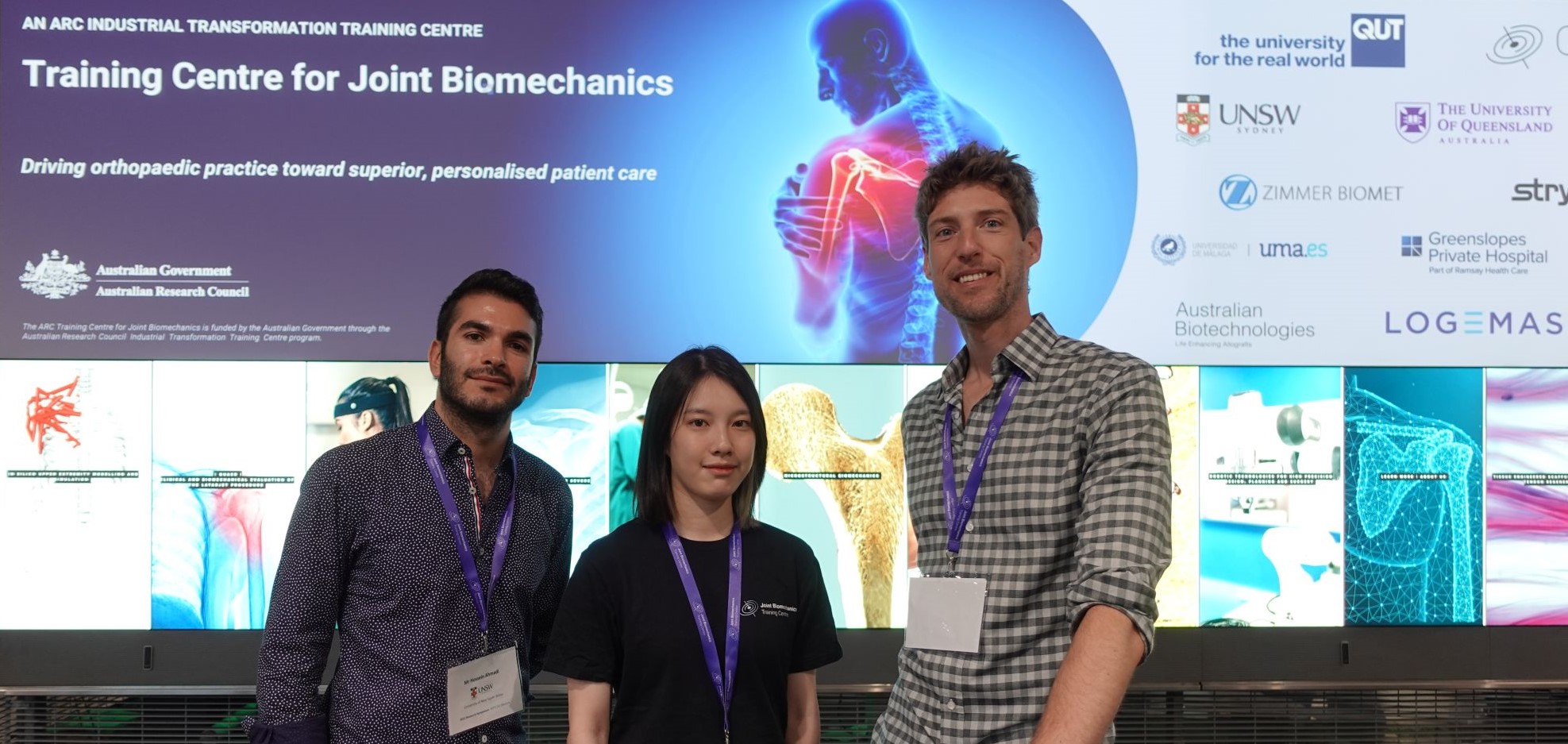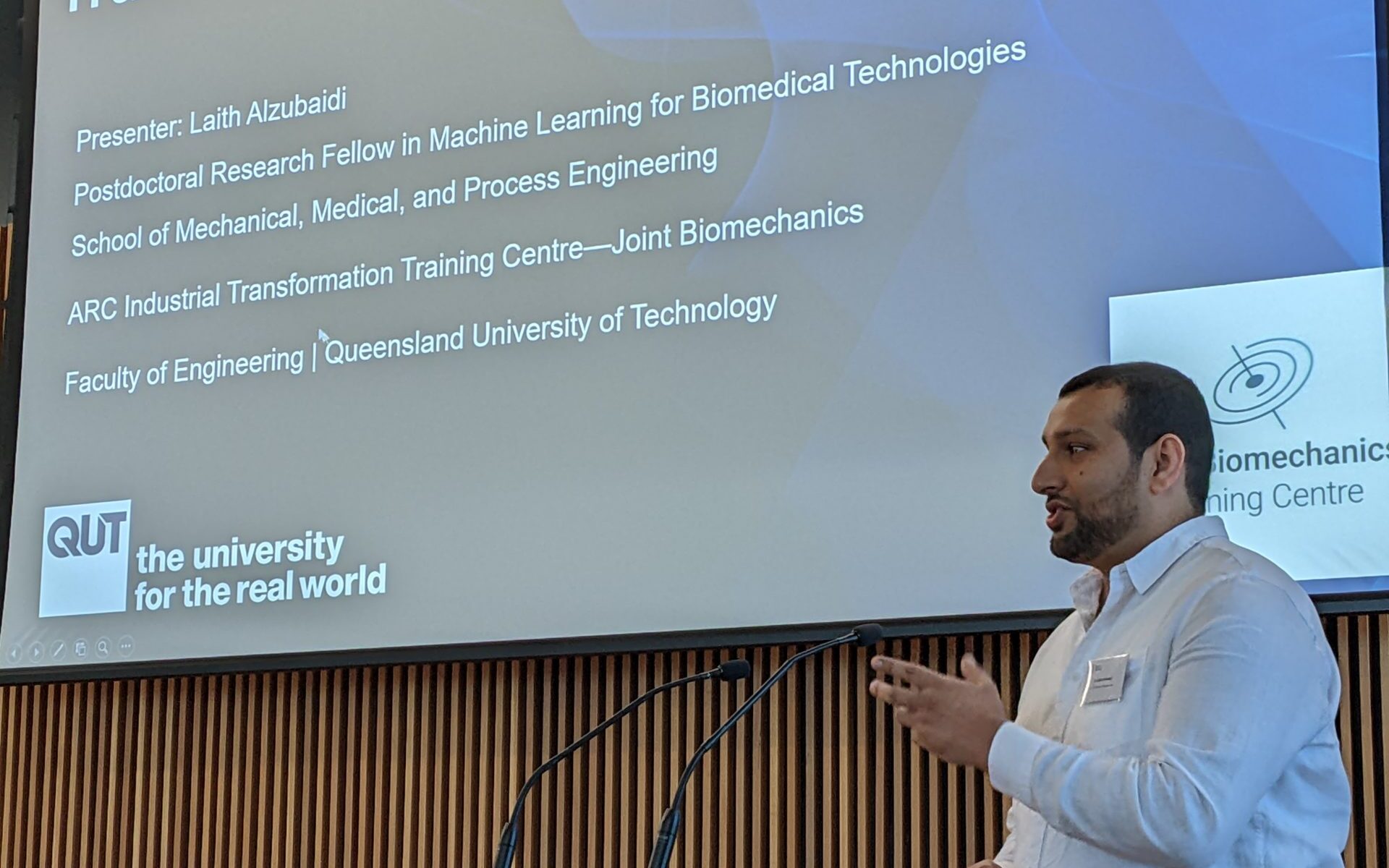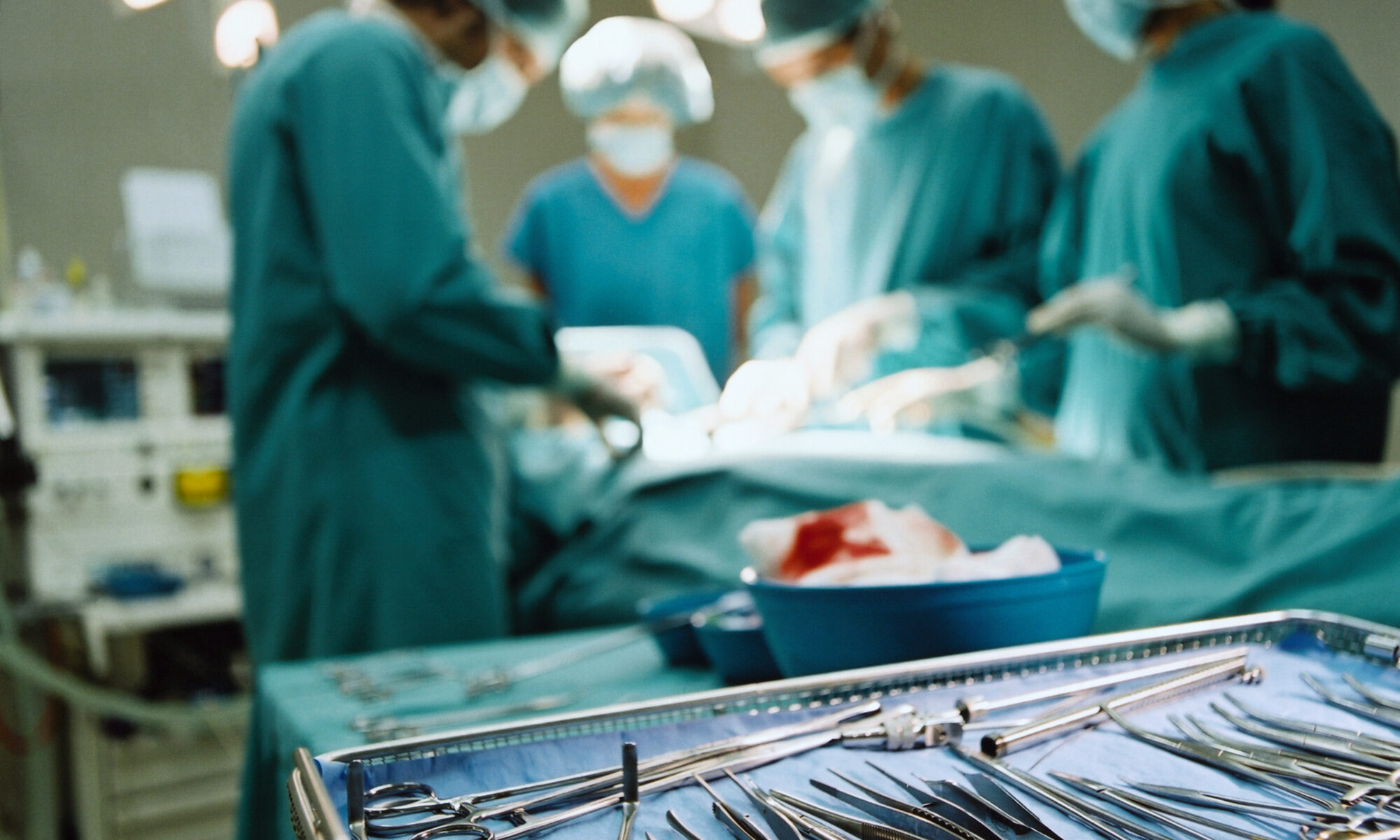On Tuesday 25th October, our program leads delivered a fantastic workshop to facilitate the development of competitive and innovative seed funding grant applications for our 2022 centre scheme.
As an Australian Research Council (ARC) Industrial Transformation Training Centre, one of our key purposes is to provide industry specific training to prepare the future workforce in the fields of joint biomechanics and orthopaedic surgery. The seed grant scheme was formulated to support the development of our researchers and to provide future research opportunities for them to apply for large grants, as well as to foster collaboration between our 4 program streams to harness our well-established network of investigators and partners across industry, academic, and the clinical orthopaedic setting. Our leadership team delivered the following advice to all grant applicants, whether they might be a PhD student, ECR, or mid-career researcher:
Prof. Lynne Bilston highlighted the importance of not limiting yourself to what you do, but to formulate the best project idea to attract the right team to get the job done. She provided the following tips:
1.Get your message across at the start
Define what problem you are trying to solve and provide an executive summary on the first page of the application. Describe why the problem, gap, or limitation is significant, and describe what your project will do to address it. Ensure you provide adequate aims and key methods, as well as to highlight the innovative or niche aspects of the project and why your team is the best to do the work.
2. Directly address the selection criteria
3. Use the best possible study design and methods
Justify your choice of methods and include a statistical analysis or plan. Include pilot data to prove feasibility and ensure aims are consistent with the research plan and outcome measures. DO NOT oversimplify, ignore potential problems or confounders (say how you will manage them), or exaggerate.
4. Clearly state the outcome and significance
Define what your project will achieve such as new knowledge, new methods, the project outcomes and the overall benefit to society.
5. Be concise, concrete and clear
Know your audience (assessors and panel). Keep your language simple and logical for non-specialist panel members and avoid generalisations or hype.
6. Don’t take an unsuccessful application as a failure
As little as 10% of grant applications are successful depending on the round, so always ask for feedback and apply this for the next submission. Always seek feedback from your peers and mentors for additional insight into how to improve in the future.
Prof. Graham Kerr focused on building the best team based on diversity and the valuable contribution of each member. He shared his tips where grant titles should be in active tense and succinct. When building your team, ensure you have real expertise and real contributors, not just those added due to exceptional track records. The structure of the grant is imperative. Bear the aims in mind and focus each section to persuade the reader that this is the best idea, best team, best project, and achievable.
Prof. Justin Cooper-White emphasised openness towards new collaborations and adaptability to new ideas that inspire, even if the project scope is not what was initially envisioned. He provided the following tips:
1.Define your project (scope)
Keep your idea radar on. Attend conferences, read widely and deeply. Connect with like-minded people. Back up your idea with a literature/gap analysis
2. Form your team
Consider what expertise you have and don’t have. Seek recommendations and electronic introductions from advisors and mentors. Have a loose framework to present and be open to new ideas and changes that will ultimately improve your application.
3. Plan and source necessary resources
Define your hypothesis and aim. Define your experimental objectives. Seek advice and use your network.
4. Formulate your budget
Use guidelines always. Don’t inflate – assume budget cuts. Justify your requests with detail and a solid rationale.
5. Mange your time
Grant writing takes time, so start your concept early. Distribute workloads across the team. Allow one person to re-write the final version.
6. Manage your expectations
Outline at the start. Ensure everyone is aware of how funds will be spent and distributed. Make commitments and contributions and be prepared to resolve conflicts when they arise.
The centre thanks our Program Leaders for sharing their expertise with the team. We look forward to viewing the final written grant submissions on October 18, 2022.

























